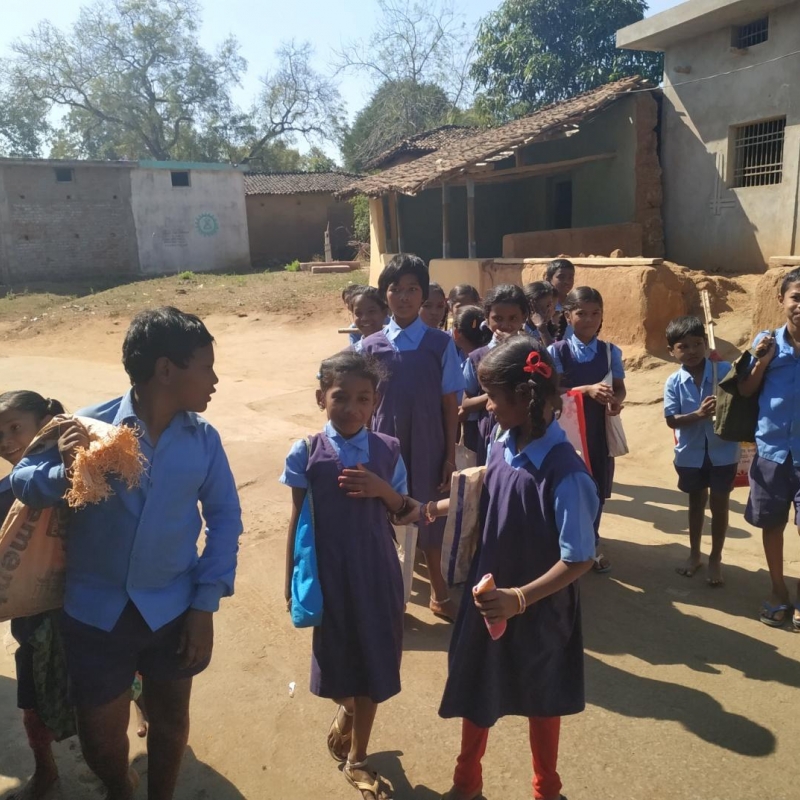Chhattisgarh is a state where one finds many vibrant communities– the adivasis and the non-adivasis, where migrant and indigenous communities have come to share their cultures and festivals. Chher-Chhera is an important harvest festival of the year that is celebrated on a full moon’s night in January.
“Chherik chhera chher baratnin chher-chhera, maayi kothi ke dhan la her herra
Dhani re pooni re sabak naache suaa suaa
Anda ke ghar banaye pathra ke gudi, gudi
Chher chher motiyaarin naache manjhaa me ghudi ghudi
Chherik chhera chher baratnin, chher chhera”.
The above song is sung during the festival with the families and friends, when groups go out to collect offerings of grains. The song is sung of the joy of coming together and implores a woman standing on the door to get the grains from her storage. They are calling her to sing, dance and join them as they go from one house to another house.
Preparation of this festivity begins immediately after the harvest is completed. People start storing a part of the harvested grains that they wish to give as offerings during the festival. The custom of the festival is based on “offering”, where every member of the village visits each house and sings the song similar to the one mentioned above. In villages, people from all age group form their troops and enter the houses with the song ‘chherik-chhera’ and seek the offering. The offering remains the grains that have been harvested that year. The festival is a symbol of togetherness and a collective expression of gratitude as the whole village comes to celebrate the happiness of receiving another season of reaping the fruits of their hard work. The offering varies from house to house. Moreover, different troops get different amounts of offerings depending on the size of the group. Usually, the larger the group, the bigger the offerings.
However, the offerings are a part of joy that the farming families give to their own fellow villagers in the hope of having better grains next agricultural season and to express the happiness of having good amount of grain this year. The day is filled with celebratory songs and dance.
The preparations begin on the previous night of Chher-chhera before when a sack of grain is prepared by the family. The visitors begin to pour from 9 o’clock in the morning. The troops would begin with the kids of the village who come and ask for their share of offering with the song ‘Chherik-Chhera’. Women of the house make the offering and sometimes may even ask the children to entertain them in order to receive extra offering. As the day proceeds different age groups go visiting different houses and get their share of offerings. Lastly, the group of women start their visits and by noon 2 or 3 o’clock the visitations are over.
The festival, however, is not only limited to collecting of grains as offering, rather the groups collate the grains after they have visited every household of the house and then they sell it in the shops depending on the prevailing rate which could be from 13 to 16 rupees per kg. The amount that is received, then gets distributed equally among the people who were there in the group and had participated in the visit.
Since the groups of adults have more participants hence, they receive more grain and thus more money. They keep some money for themselves and the rest is used in the time of necessities.
Festival though is celebrated for one day but what is captivating are the preparations and the happiness of celebrating the gift of sharing that keeps the farmers motivated in order to collectively think of Chher-chhera as a time of celebrating together the fruits of hard labour.
Below is the photo gallery of the festival, as celebrated in a village named Dokal, in the district of Dhamtari, Chhattisgarh.
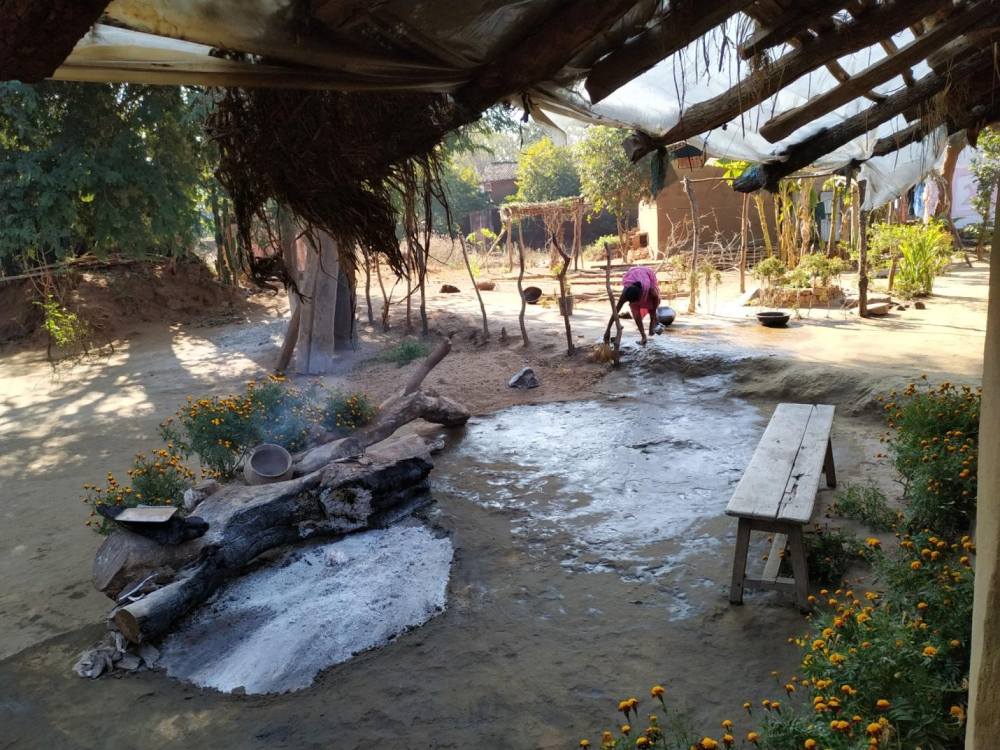
Cleaning the House for the Festival.
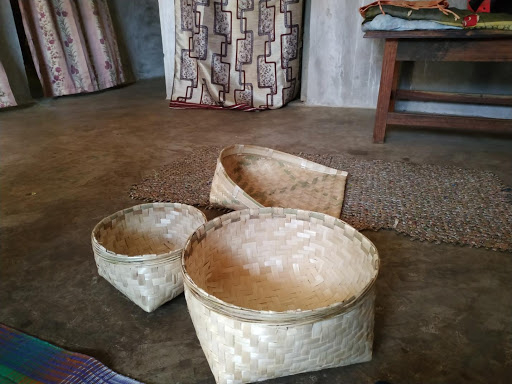
Collection Baskets Used by the Groups Visiting Houses for the Festival.
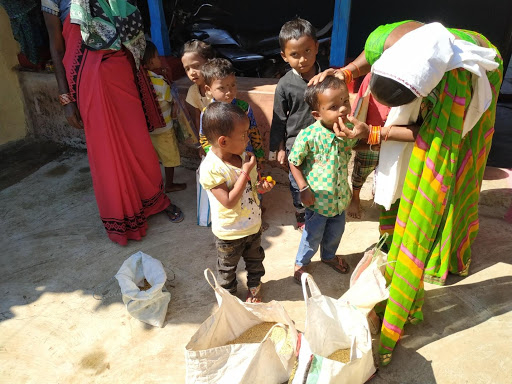
Kids from Aanganwadi with their Teachers
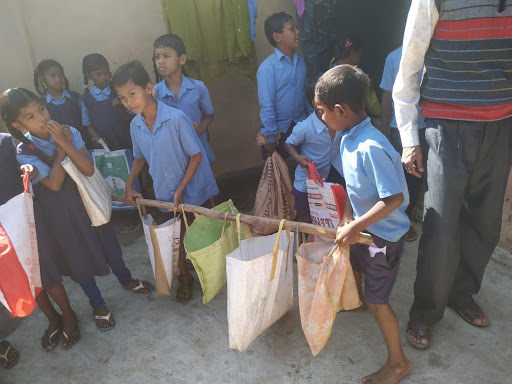
Kids from Primary School Visiting Houses with their Teachers.
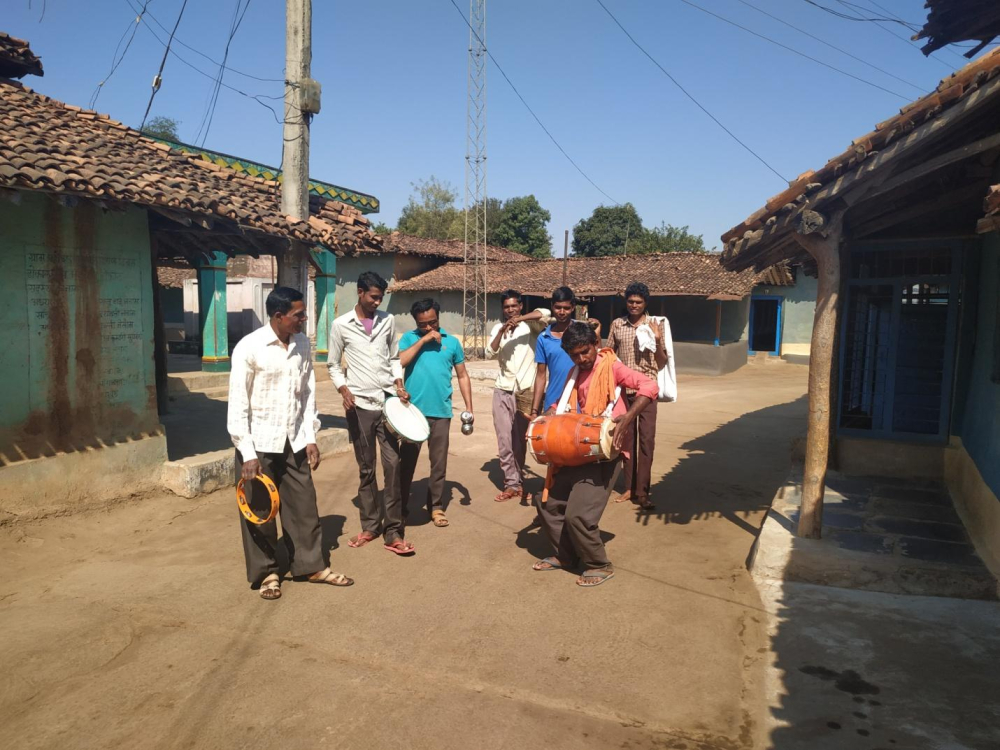
Group of Men Singing and Dancing their Way through the Collection.
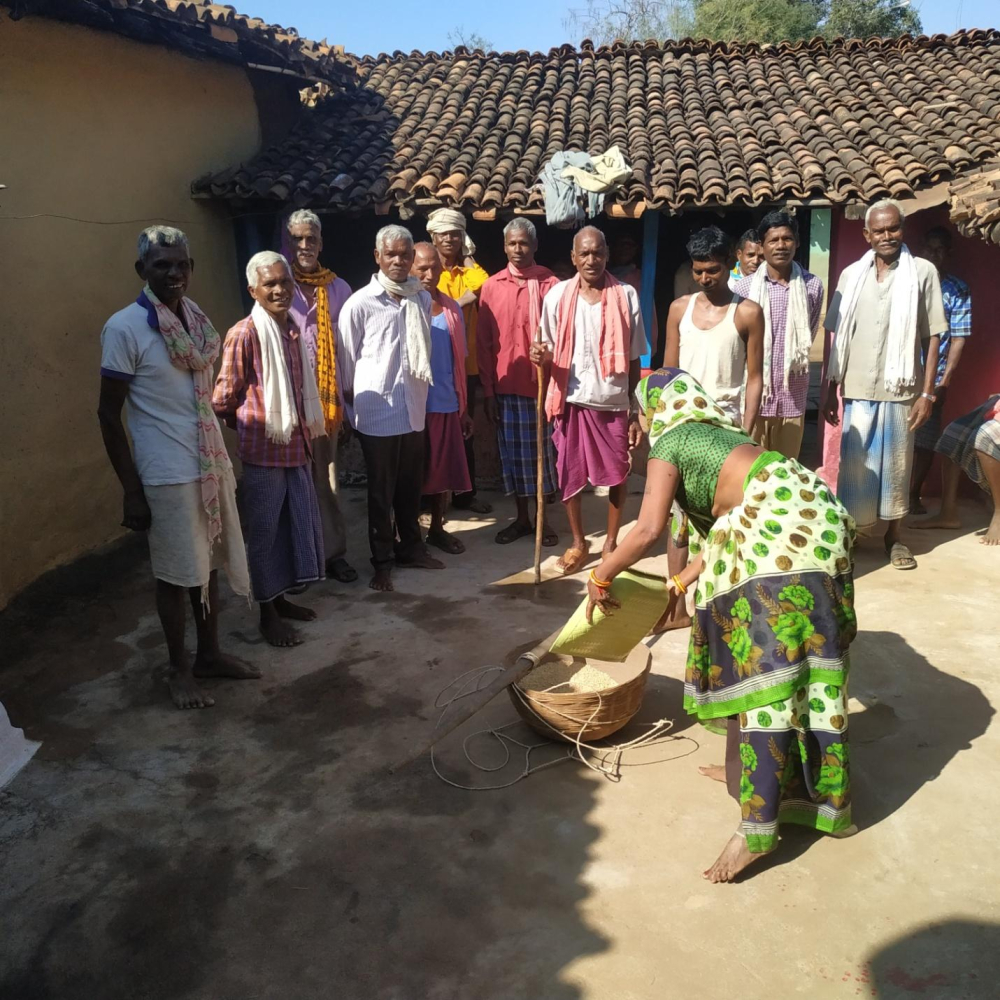
Group of Older Men Collecting their Share of Offering.
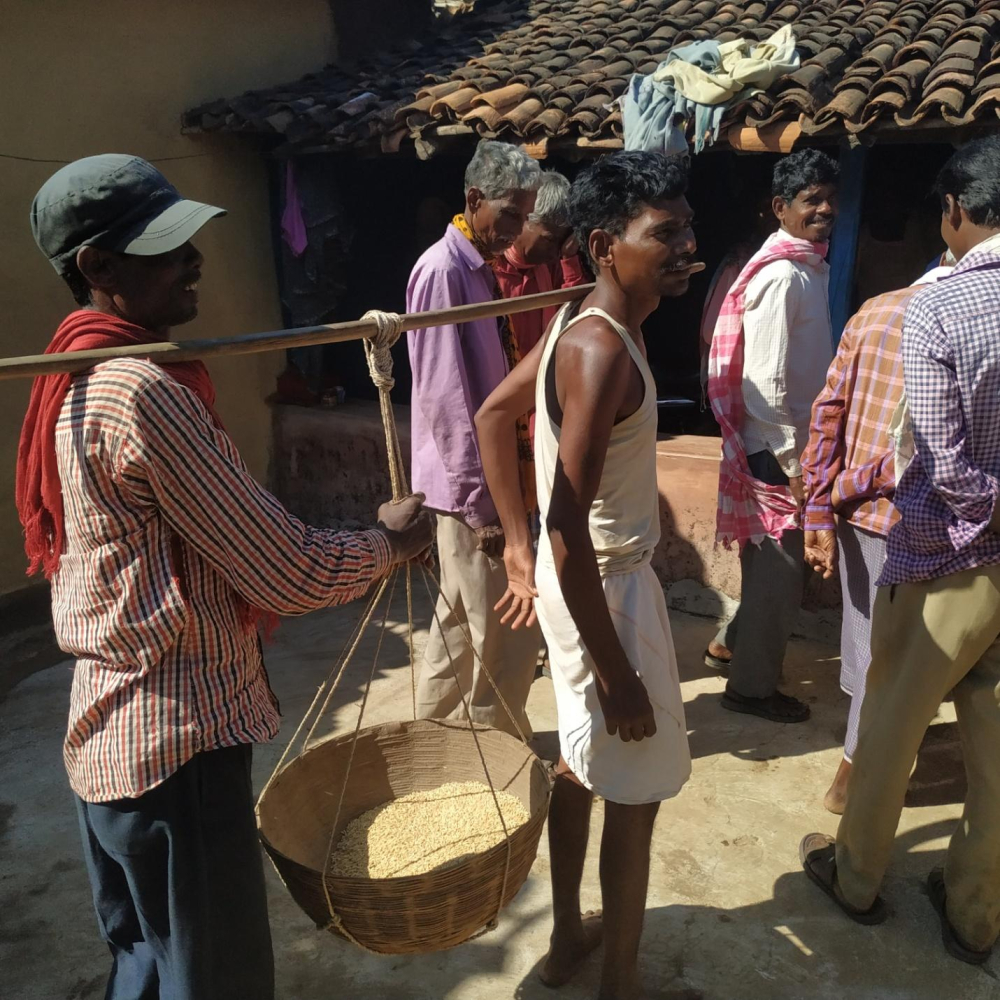
Happy Men (age group 25-50 years) After Receiving their share of Offering.
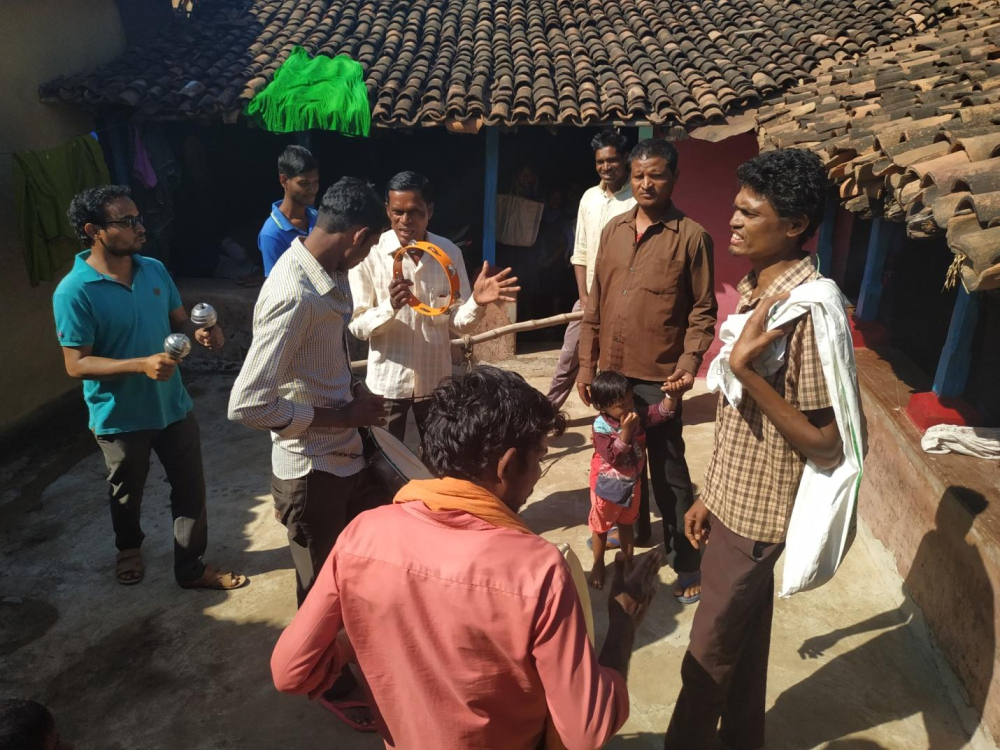
Nacha Group (dancing troop) Entertaining the People to Get More Offerings.
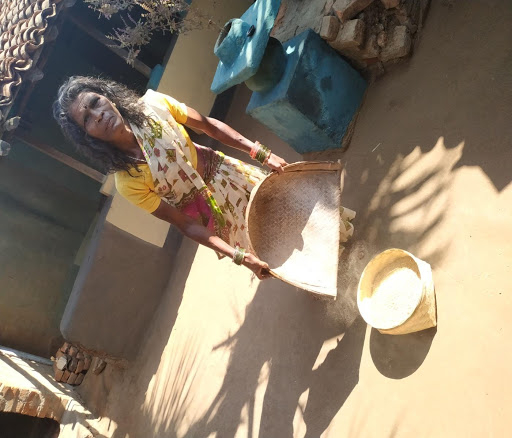
A Woman Making her Offering.
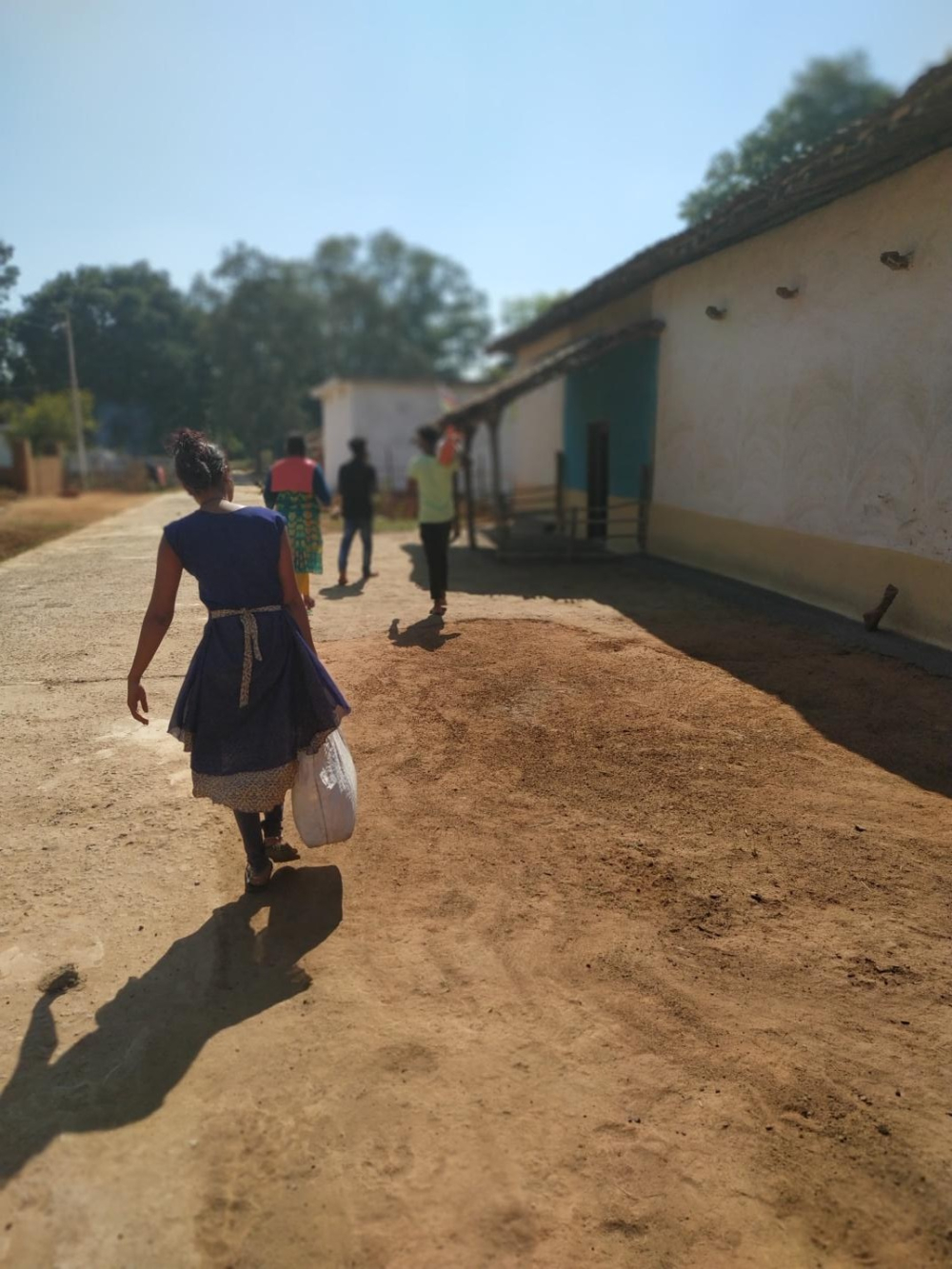
Group of Young Men and Women with their Share of Offering.
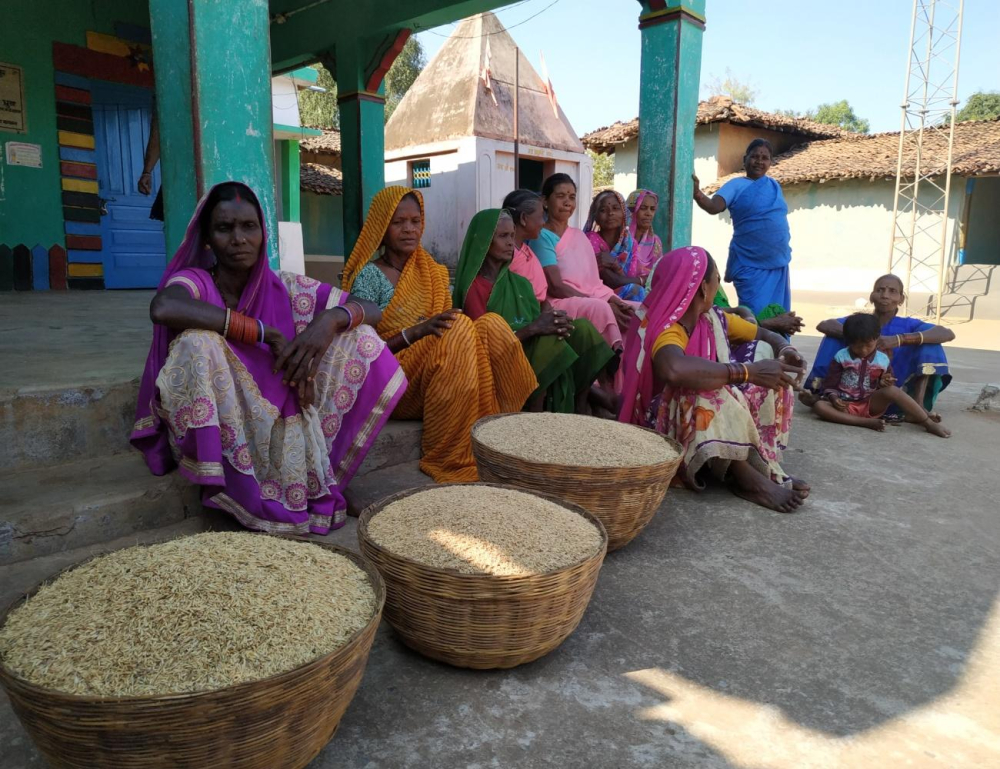
Grain Collection made by Women.
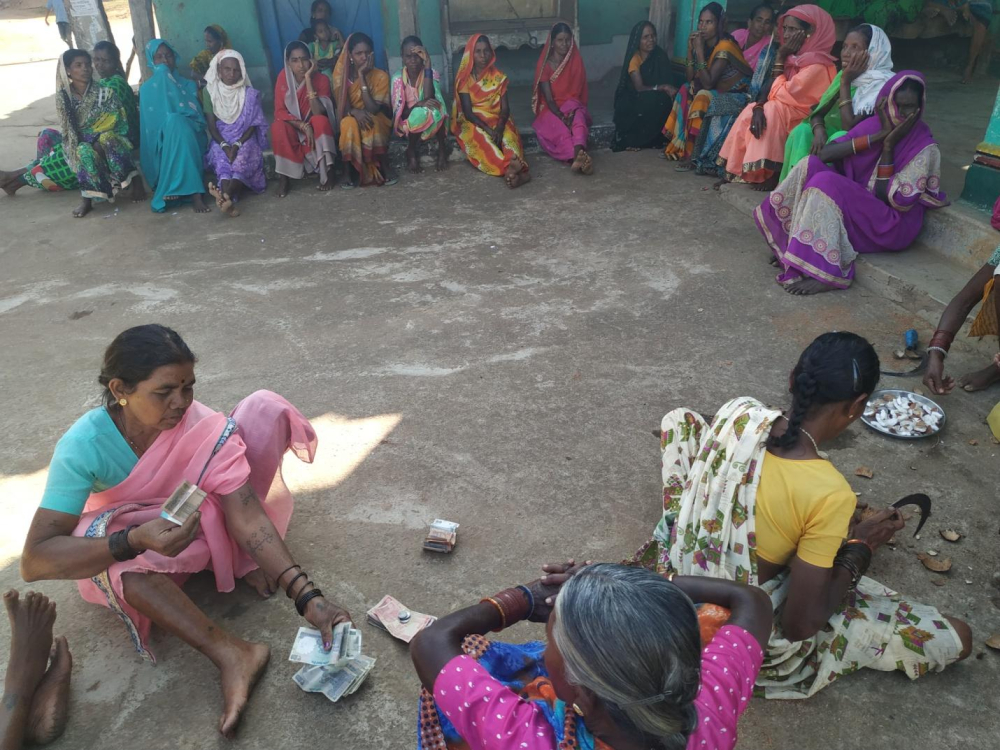
The Grains are Sold So that Every Woman in the Village Gets their Share of Money.
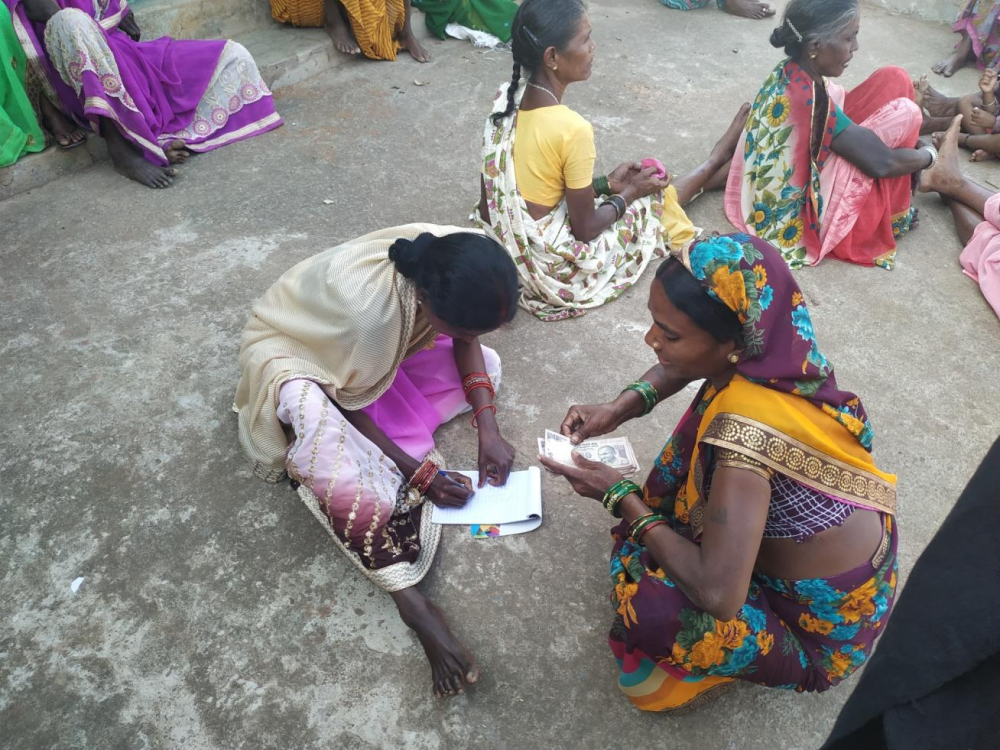
Amount Getting Distributed According to a List Containing the Names of Participating Women
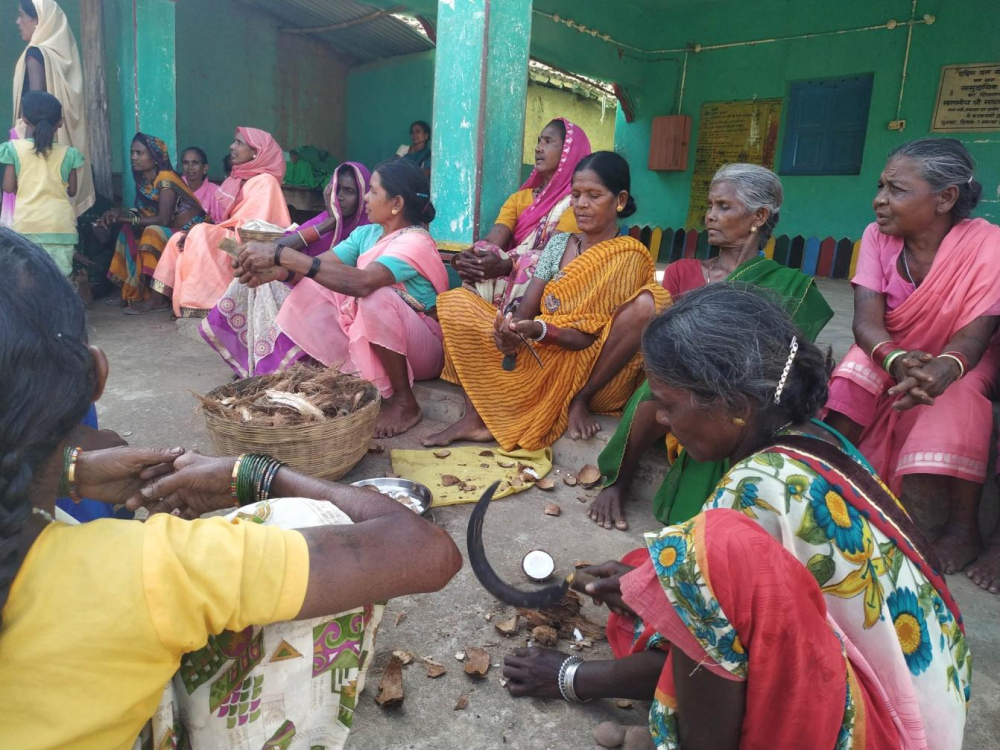
Women Bought Coconut from the Money they Collected and, Distributed it Among Themselves as the Part of a Collective Effort.
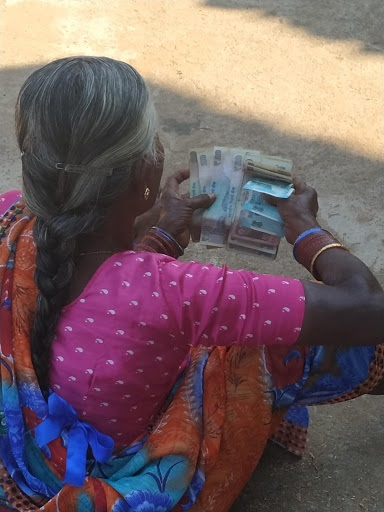
Woman with her Share of Money.
This content has been created as part of a project commissioned by the Directorate of Culture and archaeology, Government of Chhattisgarh to document the cultural and natural heritage of the state of Chhattisgarh.
